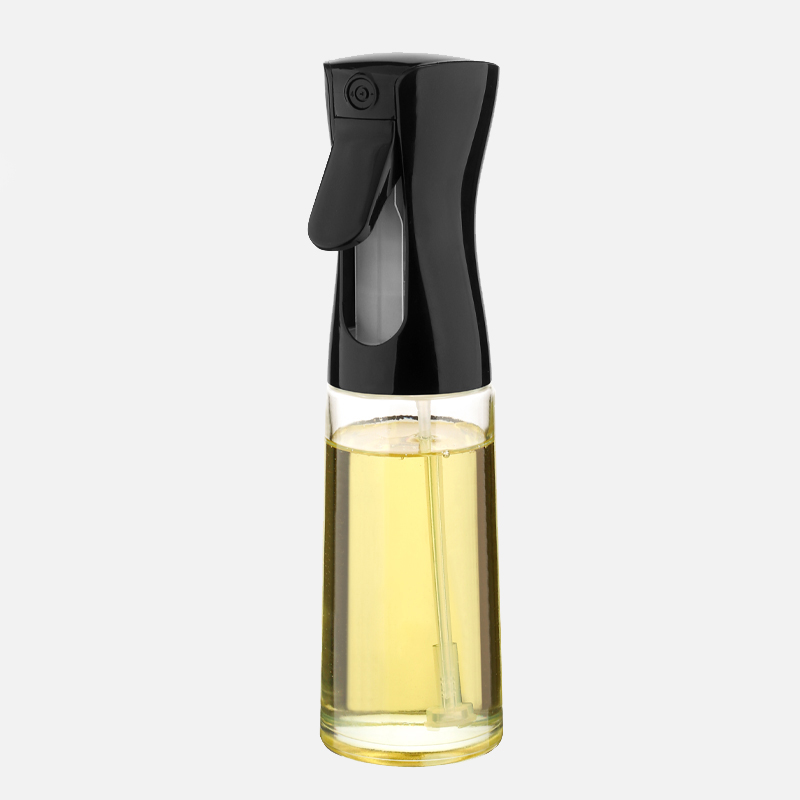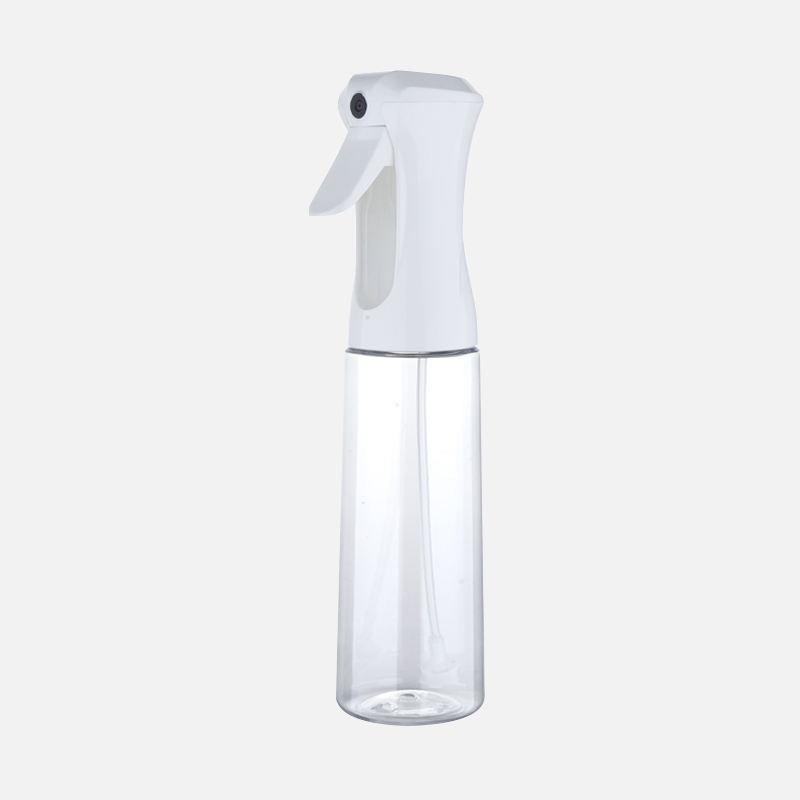When using a fine mist spray bottle, you need to suck up the cleaning fluid from the reservoir below and squeeze it out of the cavity above. To get all the liquid flowing into the cavity, the pump can only force the liquid up - not back into the reservoir. In other words, the liquid can only flow through the pump in one direction. The device that achieves this function is called a one-way valve. The spray bottle has two one-way valves in its pumping system: one between the pump and the reservoir and the other between the pump and the nozzle.
Typically, the one-way valve between the pump and the reservoir contains a small rubber ball that is lightly placed in a small sealed cartridge. The edges of the caps are angled so the rubber balls won't fall out of the caps. According to the design, when you are not pumping water, the small ball relies on its own gravity or the elastic force of a small spring to press against the sealing cylinder, thereby blocking the passage of water. As the piston moves outward (when you release the wrench), the enlarged hydraulic chamber draws the small rubber ball away from the sealing barrel, drawing the liquid up from below. Since the ball is lifted, the liquid can flow unhindered from the reservoir. When you depress the wrench, the force of the flowing liquid pushes the ball back onto the seal, blocking the passage between the pump and the reservoir. Therefore, the pressurized liquid can only flow to the small cavity above. The one-way valve between the pump and the nozzle is a cup-shaped device that is placed at the end of the chamber.
During the upward stroke, since the pressure inside the pump is less than the outside air pressure, the cup-shaped device is pulled tightly against the cavity, so air cannot flow in from the nozzle. On the downstroke, the forced liquid pushes the cup slightly away from the cavity and out of the nozzle. Without the second check valve, the pump system would not be able to pull liquid up from the reservoir due to lack of suction (no air pressure drop). At this point, the upstroke doesn't lower the air pressure in the pump; it just sucks in more air to maintain the pressure inside the pump. The second check valve can also be used as a shut-off system. When you screw on the spray head, the cup valve is pressed against the cavity so that no liquid can be forced out. When you unscrew the spray head, there is enough room for the cup valve to move back and forth. The first time you use a spray bottle, you'll want to depress the wrench a few times before squirting out the cleaning liquid. There are two reasons for this lag: the trigger starts a downstroke rather than an upstroke (piston outside the hydraulic chamber) when fluid starts to be drawn.

 English
English 中文简体
中文简体 Tiếng Việt
Tiếng Việt







 :
: